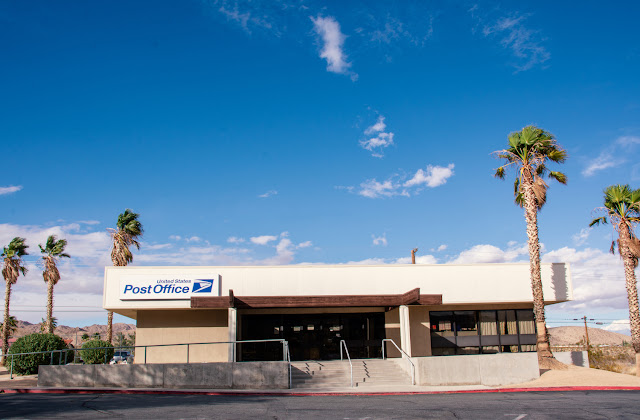 It' s that time of year again, except this time we're in for about 2 weeks of non-stop rain and T-storms. Even with normal rain, water seeps under my garage door and puddles into my studio, ergo, the sandbags.
It' s that time of year again, except this time we're in for about 2 weeks of non-stop rain and T-storms. Even with normal rain, water seeps under my garage door and puddles into my studio, ergo, the sandbags.The bonus is naturally green grass, as opposed to water the lawn green grass.
 I'm not feeling the need to crank out paintings like a factory this year. So far, 2010 is The Year of the Slow Painter. I've been thinking quite a bit about scale and why I'm adamant not to paint large right now.
I'm not feeling the need to crank out paintings like a factory this year. So far, 2010 is The Year of the Slow Painter. I've been thinking quite a bit about scale and why I'm adamant not to paint large right now. The small paintings are not impressive when you walk into a room. They photograph horribly from a distance. Their size is problematic on several levels, none of which are meaningful to me, as they have to do with presentation and other people's expectations of what a painting is, and yet, I am almost defiantly obsessed with the small scale. One of my favorite books from way back when, On Longing, Narratives of the Miniature, the Gigantic, the Souvenir, the Collection, addresses some of my experiences in painting considerably smaller than I have in the past. I've mentioned it before. An excerpt, reprinted without permission-
Interestingly, there may be an actual phenomenological correlation between the experience of scale and the experience of duration. In a recent experiment conducted by the School of Architecture at The University of Tennessee, researchers had subjects observe scale model environments 1/6, 1/12, and 1/24 of full size. The environments represented lounges and included chipboard furniture as well as scale figures. The subjects were asked to move the figures through the environment, to imagine humans at that scale, and to identify activities appropriate for that space. Then they were asked to imagine themselves to be of "lounge scale" and picture themselves engaging in activities in the lounge. Finally they were asked to tell researchers when they felt like they had been engaged in such activities for 30 minutes. The experiment showed that "the experience of temporal duration is compressed relative to the clock in the same proportion as a scale-model environments being observed are compressed relative to the full scale environment." In other words, 3o minutes would be experienced in 5 minutes at 1/12 scale and 2.5 minutes at 1/24 scale.* This compressed time of interiority tends to hypostatize the interiority of the subject that consumes it in that it marks the invention of "private time." In other words, miniature time transcends the duration of everyday life in such as way as to create an interior temporality of the subject.
1 Susan Steart, On Longing (Durham: Duke Univeristy Press 1993), p. 66.
* there is a detailed footnote about this study, Delong, "Phenomenological Space-Time"

I have a meeting once a week in a facility where in the ladies's room, there is a small-scale reproduction of a Braque. I'm embarrassed that I don't know the title, because whenever I'm sitting on the toilet I stare at it. I should know the title. I suspect it was the first slide projected in my art appreciation class in conjunction with cubism. The one where we find out that Braque not Picasso was the father of Cubism. But now that I think about it, it could be a Juan Gris reproduction. I am compelled to look at this particular reproduction and I always think about scale when I do. Because I do not know the title of said painting, I do not know the original dimensions, but it seems perfect at its present scale, somewhere around 7" x 5" or 9" x 6", I'm guessing, not including the frame. My meeting just changed locations, so I hope they put that painting in the bathroom again. If so, I'll snap a photo and insert it here:
PHOTOOFCUBIST
REPRODUCTIONH
ANGINGINBATHR
OOMOF12-STEPM
EETING FACILITY



No comments:
Post a Comment